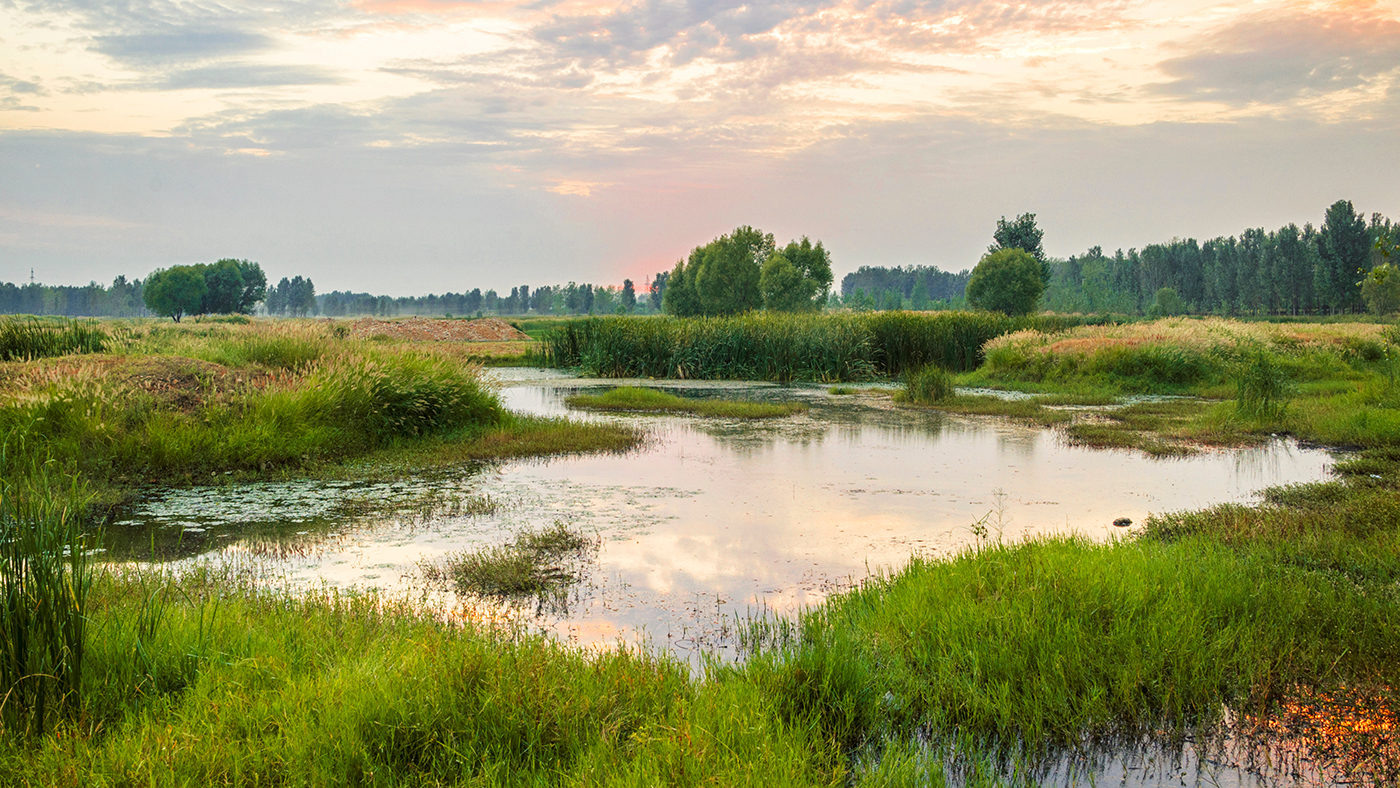Wet, then dry, then wet. There’s the last three months for you. We don’t even need to talk to Corey Davis from the climate office of North Carolina, but we’re going to this morning, he’s going to give us an update with a little more specificity about what we’ve seen, especially in the month of July. We’re into August, of course, now, and man, we’ve been on the roller coaster, haven’t we?
“Yeah, you said it, Mike, you know, we’ve had a few dry days this week, which I don’t think anybody’s going to complain about, because it had been so wet over the past three to four weeks before that really dating back to the beginning of July, when we started seeing more of that heavy rainfall across the Carolinas, and looking at some of the rainfall totals for the last month, really impressive amounts, especially in northeastern North Carolina, 14 inches in the month of July in Greenville, North Carolina, that was actually its wettest July on record. And we had more than 12 inches in places like New Bern and Plymouth, also more than nine inches in Raleigh, Fayetteville and just down the coast, about eight inches down in Charleston. So not quite as wet in South Carolina, but still some really impressive totals for the month. And those are even more impressive when you compare them to what we had back in June, half an inch in some spots. So safe to say that was a pretty big turnaround from June to July.”
Particularly impressive that it’s Northeastern North Carolina, typically an area that is one of the driest in the state.
“That’s right, that’s a spot that really lives or dies by those summertime showers and storms, their groundwater stores are pretty shallow there, so it’s much rain to refill those, but it also doesn’t take much dry weather to start draining those. So it was good to see those areas, especially start to see some of that earlier rainfall in the month. Those are some of the places that came out of drought earliest in July, and since then, we’ve actually seen most of eastern North Carolina. Now out of that moderate drought classification, we do still have some moderate to severe drought across South Carolina. Again, we haven’t seen those same heavy rainfall totals south of the state lines, so South Carolina’s lagging a week or two behind most parts of North Carolina in seeing some of this recovery. But still, you compare the map right now with where we were at one month ago, and some big changes all for the better across eastern North and South Carolina.”
Yeah, that’s the good news right now, nobody’s complaining about that rain. Well, that is not true, because some areas have had too much, haven’t they?
“They really have. We saw reports on the North Carolina drought call this week from Hope county in the Sandhills. They said there’s standing water in the soybean fields there. So again, you think back to where they were at the end of June, just begging for some rain for those crops, especially the soybeans, and the hay fields. Well, they got the rain, they probably got more than they would have liked, because now they are seeing some of those puddles, out in the field.”


